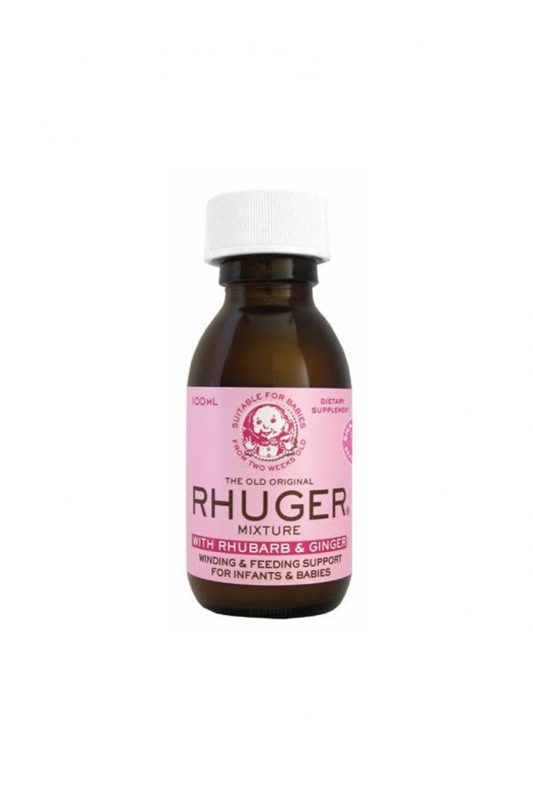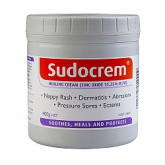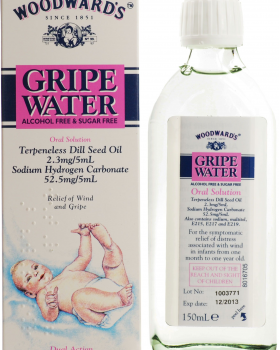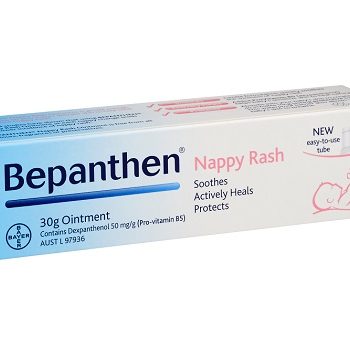Description
How does Rhuger work?
Rhuger has a three way action on the surface of the stomach and gut by relaxing the smooth muscle, releasing trapped air, emptying the stomach and aiding the passage of contents through the gut. If you are using a dropper to administer the dose, use 5-10 drops or by syringe use 1 to 2 mls with equal amount of boiled water from jug. The Ginger works faster to relieve colic and reflux symptoms if warmed up. Direct dose with a syringe into baby’s mouth.
From 4 weeks to 16 weeks, a baby’s stomach may double in surface area increasing the need for dosage adjustment as more air can be trapped on the surface and in the folds of the stomach and small intestine.
WHAT ARE THE ACTIVE INGREDIENTS?
Rhubarb Liquid Extract
Ginger Liquid Extract
Magnesium Carbonate Powder
HOW DO I GIVE RHUGER TO MY BABY?
Rhuger is best given before feeds and in small frequent doses. It is most effective when the dose is warmed to body temperature. This can be done by warming a teaspoon with hot water, or by using a little expressed breastmilk, before administering directly to baby. Rhuger can be added to formula or given during feeds. Give Rhuger separately to Gaviscon, thickeners or Losec and Ranitidine.
WHAT DOSE SHOULD I GIVE TO MY BABY?
Rhuger works mostly on the surface of the gut wall, so it may require you to give doses before every feed for several days in order to begin to see improvements.
Newborn Babies (2-weeks): 0.5ml up to 6 times a day.
Babies (6-weeks to 12-weeks): 1ml up to 6 times a day.
Infants (3-months & over): 2mls up to 6 times a day.
Maintain for at least 2 weeks before increasing (not decreasing) doses. Rhuger may be helpful in older infants when solids are introduced or at weaning if constipation occurs.
HOW LONG SHOULD I CONTINUE WITH RHUGER?
It may take several days to see any improvement in unsettled behaviour after feeding. Winding should become easier and signs of discomfort reduce such as, tight tummy, arching of the back or pulling up of legs. In infants from two weeks old it is safe to maintain a dose 1ml six times a day for as long as it may be necessary to treat these symptoms. You may continue with Rhuger as long as baby grows and bigger and longer feeds are required.
HELPFUL HINTS
To help ease the build up of trapped air in the stomach.
- Try turning your baby around to burp, before changing to feed on the other breast. This may release wind and your baby will settle better to continue feeding.
- Avoid rigorous up and down movements, trapped wind will find a way out.
- Air may well get in earlier in the feed, when suckling is more forceful and the foremilk let down more prone to baby allowing air to be swallowed. It is important for you to have your baby get a good amount of hindmilk in the feed.
- Burping to release wind before a feed. Use Rhuger before the feed.
- Aim to complete breastfeeds from one side before going to the other side.
Tips for Breastfeeding Mothers
- Seek advice from your Midwife, Lactation Consultant or Plunket Nurse, as it may be stressful breastfeeding when poor latching occurs with increasing let down or sore nipples.
- Remain calm, anxiety can be transferred to suckling baby.
- Persist with little supply – this will usually change and increase.
- There is no one correct feeding position your baby and you should adhere to, whatever works for you.
- You don’t have to have a schedule. Feed in response to your baby.
Tips for treating breastfeeding babies
- Thrush, probiotics help, express off to help heal the nipples and reduce spread. Treat with an antifungal cream or gel for oral use in baby.
- Colic – cut dairy first, reduce alcohol intake, leafy vegetables (broccoli, cabbage, cauliflower, onions, spicy foods, beans).
- Vitamin D helps lactation and passes through to baby helps growth.
- Caffeine (not certain) but do not exceed 300mg, ie. 2 cups a day or 4 cups of tea per day.
- Even if allergies are present it’s okay to eat peanuts also okay to eat cheese, does not cause listeriosis like it can in pregnancy.
- Heat rash – keep skin cool (calamine cream on baby’s skin) will calm rash. Avoid occlusive applications, barrier creams may increase skin temperature.
- Eczema (dry, itching) treatment is prophylaxis only, emollients and mild strength Hydrocortisone 1% on unbroken skin is considered safe.
- Spotty skin (milia) common 2-3 weeks after birth, from oil glands, and residual hormones after birth. If left will subside after 6 weeks or so.
- Cradle cap on scalp or on body (serborrhoeic dematitis), may try olive oil before going to Ego products. As baby grows may wish to check, use of irritants in home, ie. soaps, detergents etc
Baby Milestones
- At 4 weeks of age baby starts to hear and make sounds.
- At six weeks baby will already recognise mothers’ voice, and will start to respond and become more interactive with the world around.
- At three months baby begins to react to smile and want to touch and feel.





